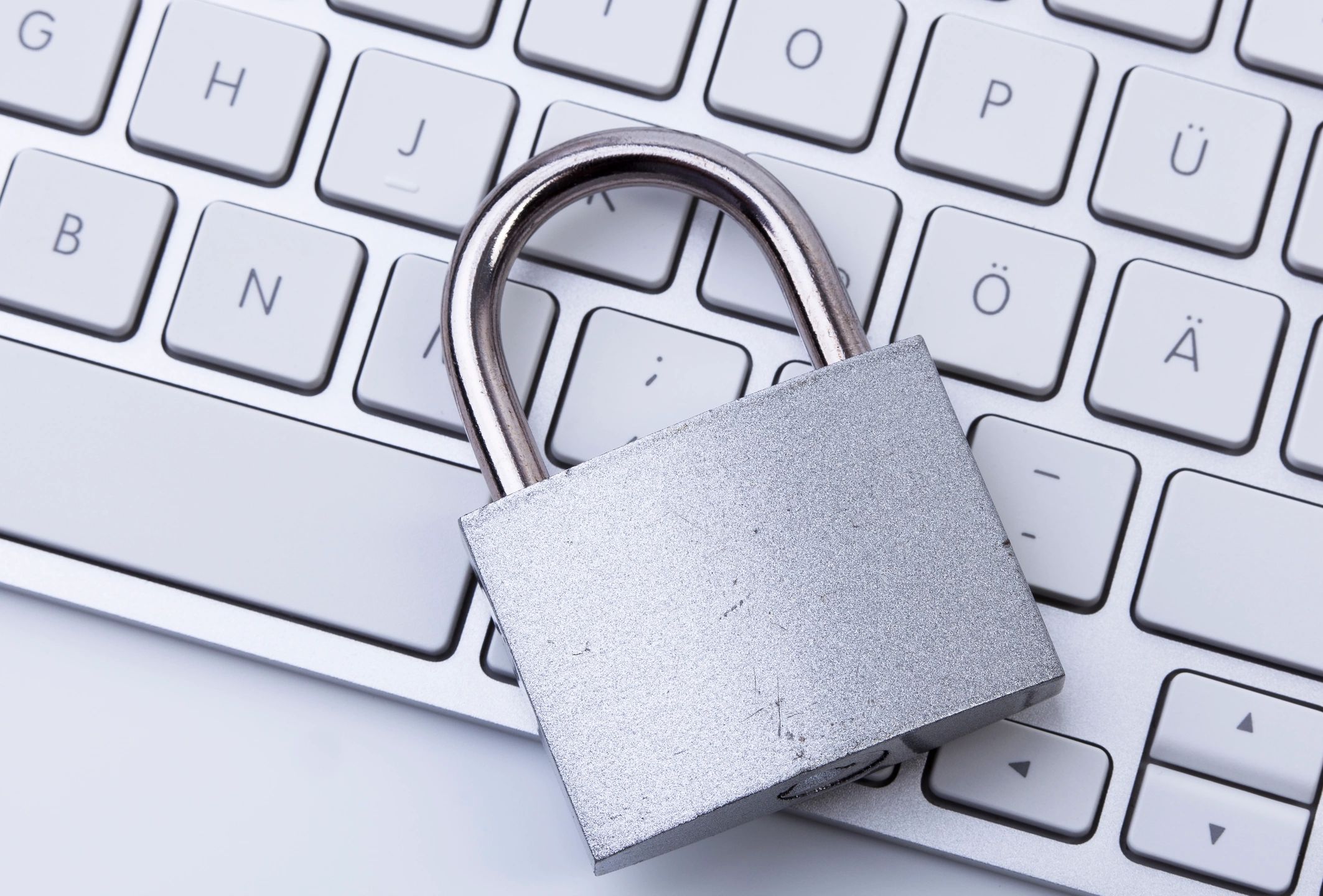A ransomware attack recently locked down computer systems in more than 150 countries. The hacking group responsible for the attack spread their malware disease through the computer systems of an estimated 200,000 victims, including businesses and government agencies, with the intention of holding these systems hostage until victims paid a ransom of $300-$600 to unlock the captive systems.
What does this malware do?
Dubbed “WannaCry” by the hacker group, perhaps due emotions victims of the attack feel when they find themselves unable to access their computer data, this malware locks down all data on a computer unless the victim pays the ransom demand. The victim has a small window of time to pay the ransom demand, after which point the lock down becomes permanent.
How did this happen?
The hacker group responsible for the attack allegedly used an illegally obtained National Security Agency tool that exploited a Microsoft Windows vulnerability, and used it to infect computers with ransomware.
Is your computer system at risk?
Microsoft released a Windows update in March that corrected this vulnerability. Computer systems that have automatic Windows updates switched off and have not updated system software since that time are susceptible to the attack. If you haven’t updated your operating system software, it can be vulnerable to the ransomware.
How can you prevent this ransomware attack?
- Access Windows Update on your computer and make sure automatic update is switched on. Click the Windows Start icon in the bottom left-hand corner of your screen and type “Windows Update” in the search box to access this process. Download important updates if your system has not already downloaded them.
- Install antivirus software that actively looks for potential intrusions into your computer and blocks them.
- Backup the data on your computer regularly. Copy the data to an external USB hard drive (available for purchase at most retail locations that sell computers), then disconnect the drive from your computer and store it in a safe place. Many external hard drives not only include software that makes the process easy, but they also include password protection to prevent unauthorized access to your data. If a ransomware attack penetrates your computer’s defenses and locks it down, your data will still be safe on the backup drive.
This latest ransomware attack isn’t the only version like it. There will be others from this same group or others eager to target your computer. Use this global attack as a wake-up call to take the steps necessary to protect your data and keep it where it belongs – within your control.
